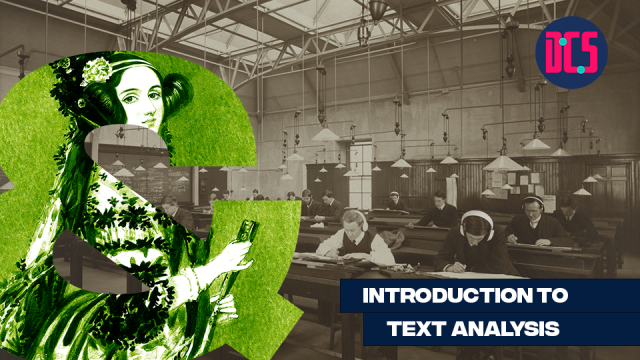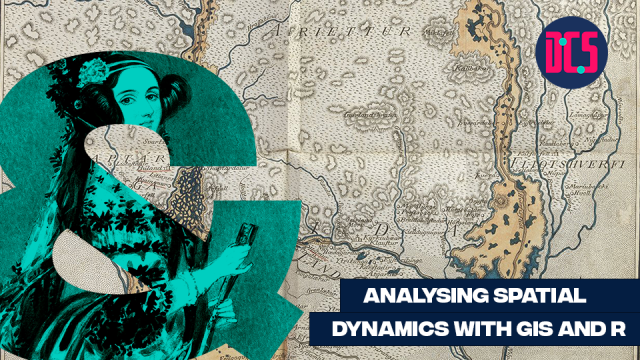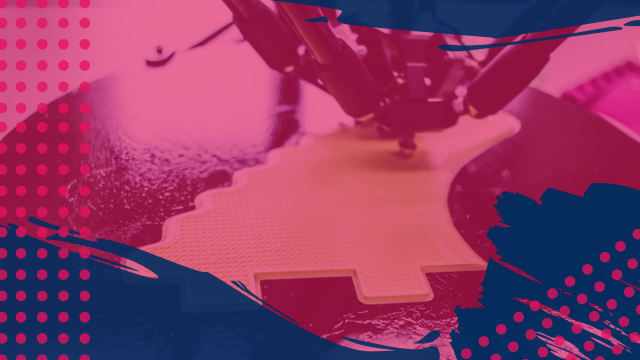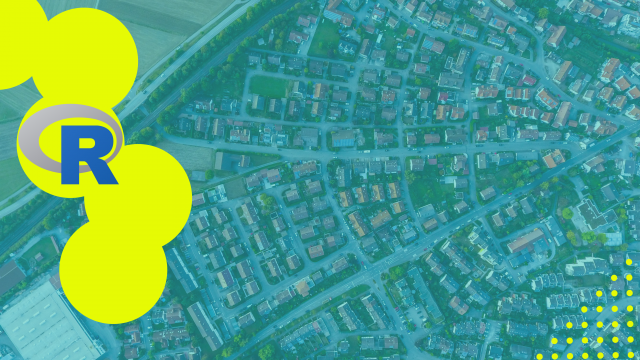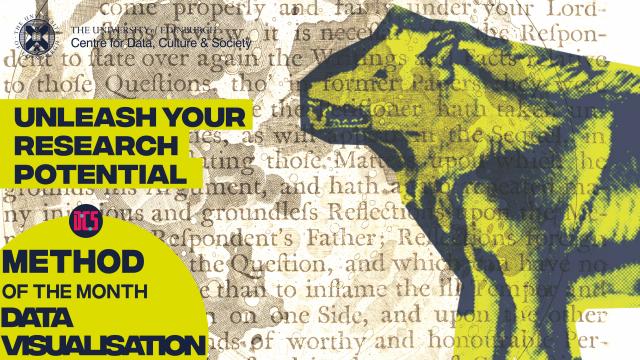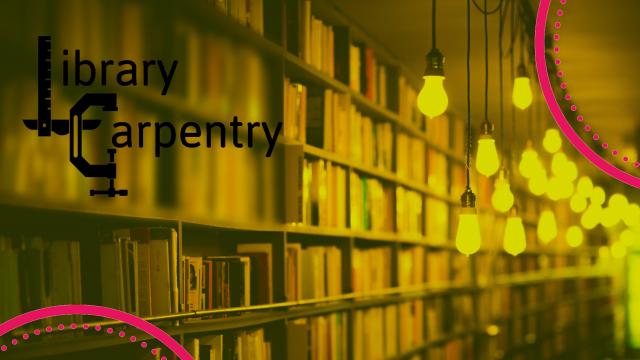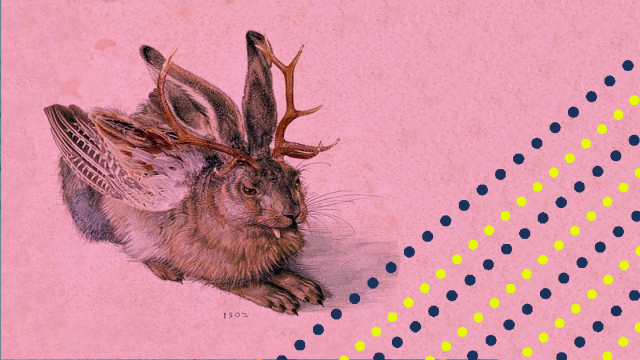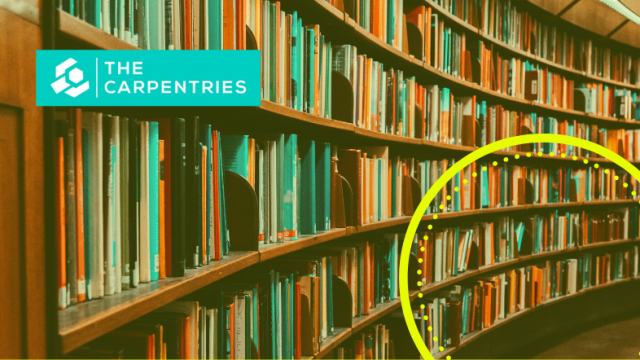Training
We want to grow capacity for data-driven and applied digital research across the disciplines, so skills development and training is central to our ambitions. Our programme is aimed at and taught by researchers in the arts, humanities and social sciences. We offer a wide range of learning opportunities from introductory courses on coding to hands-on classes, and from challenge-led collaborative work to monthly deep-dives into a vast range of digital methods. We welcome suggestions for training events and pathways: just get in touch and let us know what you’d like to see on our programme.

Our Training Programme
Training Pathways
The world of digital research methods can offer overwhelming possibilities, so with the help of researchers that have already implemented digital methods in their own work, CDCS is also building a series of online Training Pathways that will guide beginners through the steps and concepts they need to master new methodologies and signpost related training and support.
Explore our Training Pathways
What to Expect
We offer a range of different types of training events. Learn about the different types of events we offer and what participants can expect when attending them.
Our materials
We love sharing and recycling. We use open resources in our work and make the materials we produce during our training available via GitHub. They range from markdown help pages to PowerPoint presentations to R and Python notebooks. All the material is covered by a CC-BY 4.0 license. We also support other open educational resources like The Programming Historian and TEI-By-Example.
Beyond CDCS
If you are interested in developing your skills, there are lots of options locally and further afield. From online courses to summer schools, our listings will help you identify what is available in the UK and beyond.

Training Bursaries
The Centre for Data, Culture & Society offers a limited number of bursaries to allow members of staff and PhD students to develop their digital and computational skills by attending workshops, summer schools and other scholarly training events.
Apply Here
Our Training Fellows
Alex Crest
Alex Crest is a Training Fellow and PhD student in archaeology. His research focusses on online heritage and Roman frontiers. When not supporting the work of the EFI, he is an improvisor and writer for hire. His credits include Horrible Histories, Richard Herring's Can I Have My Ball Back, and Any Suggestions Doctor?!.
Aybuke Atalay
Dr. Aybuke Atalay is based in the School of Social and Political Science. After completing her PhD in Politics, she worked as a Teaching Fellow at SPS, where she taught the Introduction to Political Data Analysis course. Her doctoral research examined social media manipulation, focusing on the role of social bots in the Turkish Twittersphere. Her current work employs experimental approaches and computational methods to study political communication online. She served as Research Coordinator of the Social Data Science Hub (2023–2024) and was the co-organiser of SICSS-Edinburgh 2023.
Brian Tsz Ho Wong
Brian Tsz Ho Wong is a PhD candidate (East Asian Studies) in the School of Literatures, Languages & Cultures. His research explores the networks of capital and power elites in the wartime Japanese Empire, and the use of private capital to fuel imperial ambitions. He is passionate about using digital tools (Gephi, QGIS and Google Earth) in his research. At CDCS, he is excited to teach and support the use of Gephi in humanities and interdisciplinary studies.
Chris Oldnall
Chris is a PhD mathematics researcher with the MAC-MIGS Centre of Doctoral Training, who is affiliated with the Institute of Genetics and Cancer. His work is interdisciplinary and involves combining causal inference with genomics. He loves teaching individuals on how to get the most out of ‘big data’ by using data analysis techniques appropriately and accurately, and most importantly how to implement these in Python and R.
Fang Jackson-Yang
Fang Jackson-Yang is based in the School of Philosophy, Psychology, and Language Sciences. Fang researches how people communicate prominent information in transitive events (e.g., “Jerry kicked the oil lamp”). She uses eye-tracking techniques to investigate when and how listeners make predictions of the endpoints of such events (e.g., the lamp fell on the floor). She also uses laboratory and digital corpus data to investigate how speakers use various sentence structures and other linguistic means to describe such events in different settings and what factors influence their choices.
Joy Lan
Joy is a PhD student at the Moray House School of Education and Sport, University of Edinburgh. Her study examines the role of non-profit organisations in shaping Taiwan’s educational policy and digital future, drawing on sociotechnical imaginaries and network governance as theoretical frameworks.
Her work with CDCS involves applying digital methods to social research, including text extraction using OCR, version control using git and GitHub, and the use of pre-trained large language models (LLM) for text analysis.
Ki Tong
Ki is a PhD candidate at the Advanced Care Research Centre studying ways to enhance greenspace accessibility for older adults. She is a landscape architect with professional experience delivering construction projects and landscape assessments. Besides an interest in using QGIS and ArcGIS for geospatial visualisation and analysis, she expanded her exploration with aggregating geospatial data and performing further analysis with R to study the correlation between environmental variables and urban density.
Martin Disley
Martin Disley is a practice-led design researcher based at the Institute for Design Informatics at the University of Edinburgh. His critical engineering studio practice blends artistic inquiry and investigative computing, producing outputs in software, film, installation, and text. His PhD research explores adversarial design and investigative aesthetics as Research through Design methods for explainability and interpretability of generative computer vision.
Prior to pursuing his PhD, he worked as a software developer for a music technology startup and as a research engineer at the University of Edinburgh.
Ponrawee Prasertsom
Ponrawee Prasertsom is a 4th year PhD student at the Centre for Language Evolution, PPLS. They use a range of quantitative methods from agent-based simulations to Bayesian statistics to experimentally and computationally study how commonalities across languages result from different pressures in learning and use. Ponrawee is also committed to promoting open research practices and increasing international access to research.
Rhys Davies
Rhys is based at the School of Health in Social Sciences.
Rhys is a psychologist researching adaptive behaviours and mental health in elite sports. His research makes use of statistical modelling with survey data, particularly investigating interactions to determine how context shapes the efficacy of “adaptive” behaviours. His preferred coding language is R, and he is passionate about using data visualisation techniques to communicate and simplify research findings.
Somya Iqbal
Somya is a systems thinker working across neuroscience, biology, data science, and the humanities to solve complex challenges in brain health and beyond. They lead analytical, user-led approaches to workflow design, integrating responsible AI, design thinking, and translational insight. Their cross-disciplinary portfolio spans research, teaching, and public engagement, with impact across clinical, academic, and societal domains.
Zongxiao Wu
Zongxiao Wu is a research fellow in corporate risk and machine learning in the Business School. Her research focuses on the measurement and management of financial risk, including credit risk modelling, natural language processing, and the application of large language models. Her preferred coding language is Python, and she is passionate about exploring the value of multimodal/alternative data in enhancing risk management processes.




















































